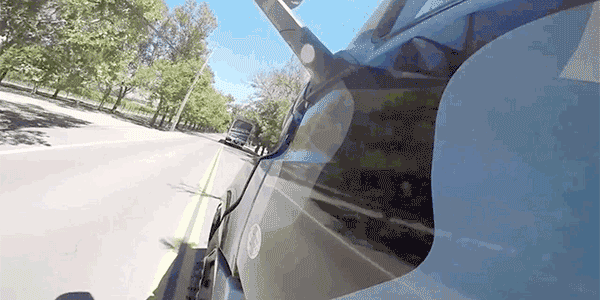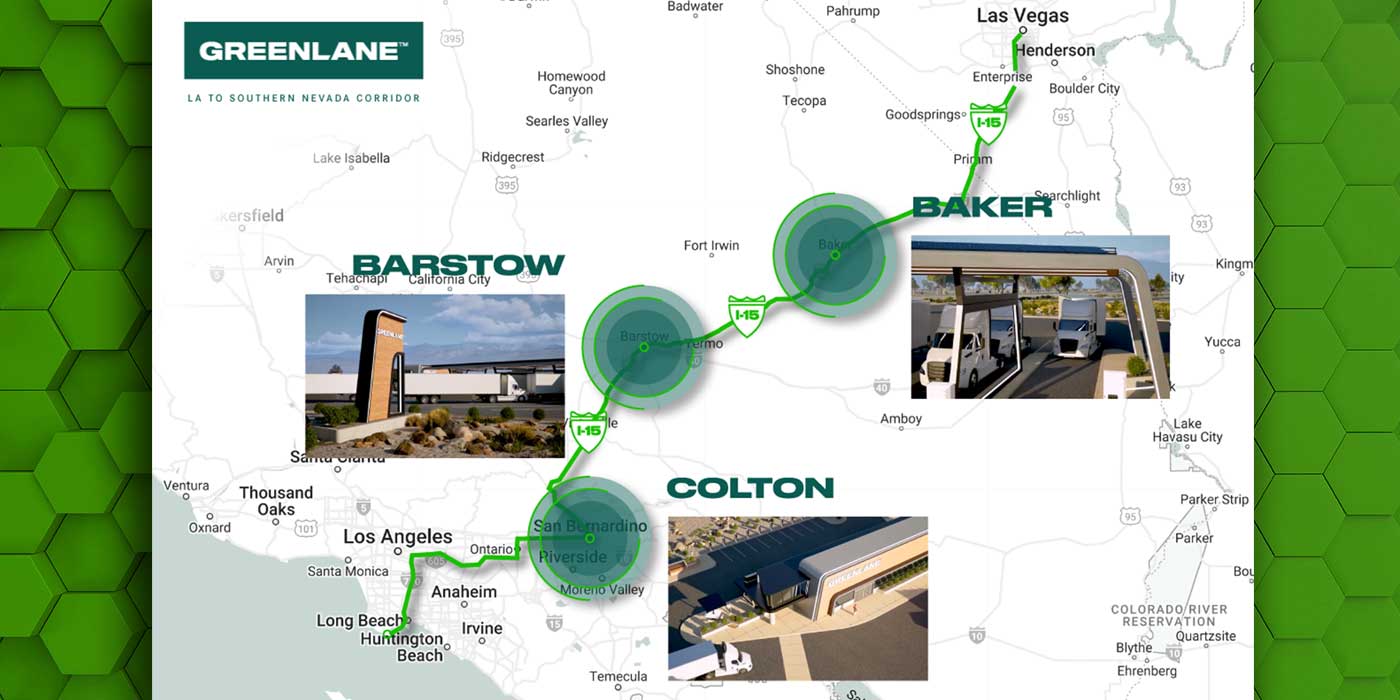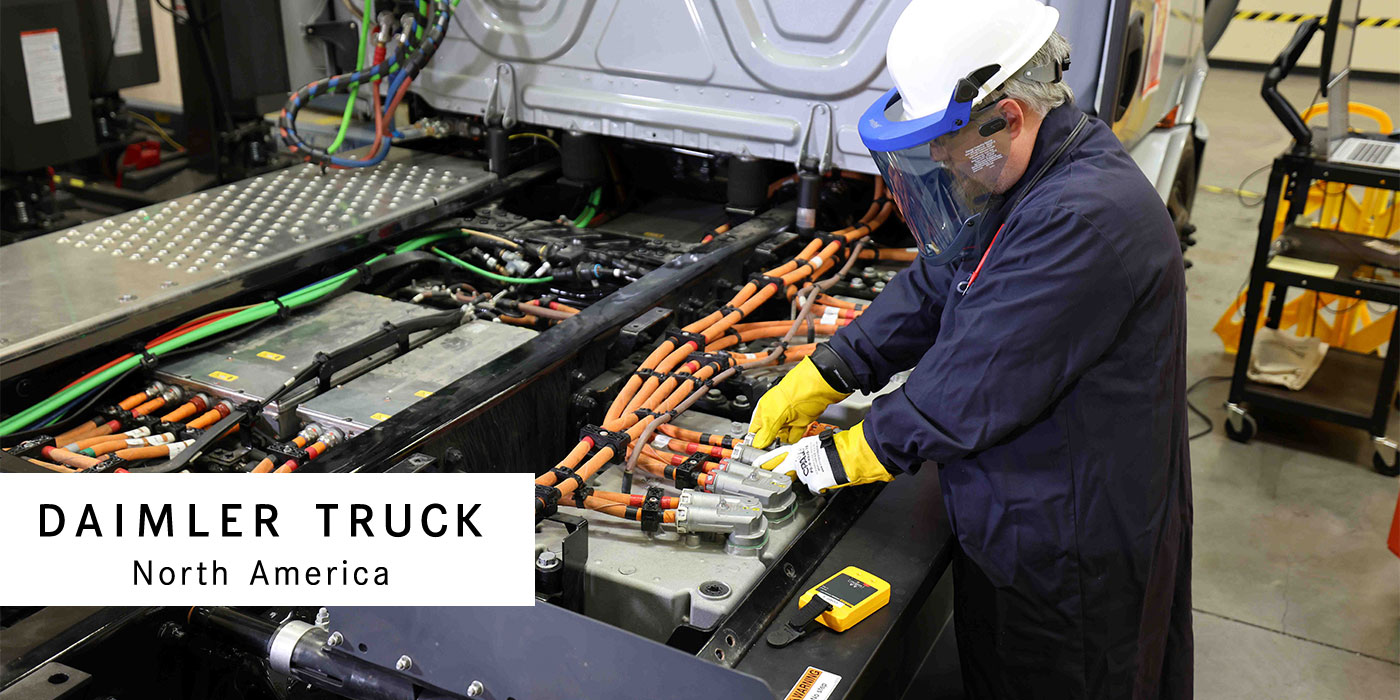Daimler Trucks North America (DTNA) President and Chief Executive Officer Roger Nielsen hosted an online media roundtable recently to provide an update on DTNA’s 2017, an outlook for 2018 and ruminate on the impact that technology and equipment trends are having on DNTA and the heavy-duty marketplace as a whole. Let’s get the numbers out of the way.
In 2017, Daimler Trucks reported unit sales of 470,700 with 6.7% return on sale and approximately $45 billion in revenue globally. In North America, Daimler reported a 39.8% Class 6 to 8 market share—its highest NAFTA market share report ever, Nielsen noted. The new Cascadia led the charge with 46,000 orders in 2017. Overall, Detroit engines powered 96% of all Cascadia models (new and the previous iteration) and 75% of the overall truck orders employed a DT12 automated manual transmission.

In terms of 2018 market expectations, Nielsen expects the North American market to size at around where it was in 2015 or even a bit higher. “You may recall that 2015 was about 420,000 units in the market,” Nielsen said. “It could be higher especially if the current market dynamic continues on into the months ahead. We definitely anticipate a significant increase in overall sales for NAFTA Class 6 to 8 across the market.”
On the Technology front, Nielsen reported that sales of Freightliner Cascadias with Detroit Assurance—Daimler’s proprietary advanced safety system—grew by 89% with a 66% penetration rate on new Cascadias within the United States. To continue to drive equipment technology forward, Nielsen stated that Daimler Trucks will invest $616.5 million in 2018-2019 for the research and development in electric mobility, connectivity and automated driving for trucks.
And that brings us to the three key technology takeaways.
1. The electric shock is gone; now it’s time to get down to business.
“The bloom is off the rose and fleets are getting real,” Nielsen said. “Fleets want to know what electrification can do for their business, if there’s an energy cost advantage that they could leverage for a real cost of ownership advantage over a diesel vehicle. What could electrification do to every cost line on their cost of ownership worksheets—from residual value to how often you have to replace the batteries to the cost of charging on the road vs. at a terminal?”
Realism is entering the conversation as the industry starts to understand what battery power density means, especially for fleets as the equipment operators.
“What they really want to know is, ‘what is the lifecycle of a battery?’” Nielsen said. “They are quickly learning that the faster you charge a battery, the fewer times you can charge that battery. Consider that you might get 2,000 charges out of a battery that takes eight hours to charge, but you might only get 500 charges out of a battery you charge in four hours. That kind of operational cost investigation is happening now.”
Nielsen was tightlipped about DTNA’s electrified vehicle plans going forward, but did hint that Fuso in the medium-duty space and Mercedes-Benz in Europe got their time to shine in the electrified news spotlight and “next quarter it might be our turn.
“Electrification is a near-term project,” Nielsen said. “We will not put our customers business at risk. Its critical that the new technology contributes to our customers’ real cost of ownership. It’s cool to have an electric truck, but at the end of the day, they need to make money.”
2. As connectivity services evolve, fleets are looking for ways to cut costs
“Fleets are used to having their trucks connected, so for them the progression continues, but the focus is taking cost out of connectivity,” Nielsen said. To tackle that problem, DTNA is investing in its connectivity platforms and has recently created a new position—manager of connectivity—that will report directly to Nielsen. Daimler also recently launched the Detroit Connect Remote Updates platform, which aims to boost truck productivity.
“We had one customer who wanted to increase the cruise control speed limit to 65 MPH,” Nielsen recalled. “With the size of this fleet, the customer said that it would normally take him four months to bring in each truck for 30 minutes of down time to reprogram it. Using Remote Updates, it took him only a few minutes to change the cruise speed limit of all his trucks without bringing them into the shop.”
Nielsen followed that story up with an announcement that the DTNA has signed agreements with third-party telematics service providers to offer their services via the Detroit Connect platform with the aim of reducing the overall number of devices with a SIM card on the truck. He promised more announcements as DNTA rolls out the details of those partnerships.
3. Automated driving technology continues to move forward, but the story remains the same
“The main reason we’re working on automated driving solutions is not to take the driver out of the cab,” Nielsen stressed, “but to make driving safer for the driver and the motorists around the trucks. Automated driving runs in step with our development on advanced driver assistance systems such as adaptive cruise control. To be clear, advanced driver assistance systems—today and in the foreseeable future—will still require a driver in the driver seat with his hands on the wheel and monitoring the truck’s performance and everything going on around it.
“There’s more to automated driving that staying behind the guy in front of you,” Nielsen stated, noting that since DTNA brought automated driving to the heavy-duty world with the on-highway demonstration of the Freightliner Inspiration truck, Daimler has been rigorously developing and testing the components that will enable more advanced automated driving technology. “Acceptance of Detroit Assurance 4.0 has been fantastic, but we’re not done. There are still plenty of numbers after four.”
Nielsen teased additional announcements later this year that could include a lane keeping assistance system.
Click here to read our exclusive interview with Roger Nielsen.
As always, stay tuned to Fleet Equipment for all the latest developments in the world of truck equipment.













